TOTAL LUNAR ECLIPSE
입력 2022.11.09 (15:10)
수정 2022.11.09 (16:45)
읽어주기 기능은 크롬기반의
브라우저에서만 사용하실 수 있습니다.
[Anchor Lead]
A red moon lit up the night sky on Tuesday night. The spectacular sighting unfolded as Uranus was covered by a red moon. The next such phenomenon can be viewed in Korea in the year 2300.
[Pkg]
A bright full moon in the night sky. A shadow moves in and the moon appears to disappear for a moment. And then a reddish moon reemerges. This is the moment when the sun, earth and moon are positioned in a straight line. In other words, a total lunar eclipse. A total lunar eclipse occurs when the moon is completely placed in the earth's shadow and turns red in color. In Korea, people could observe the rare sighting with their bare eyes for about an hour and a half from 7:16 p.m. Tuesday.
[Soundbite] Lee Chae-yeon, An Yoo-jin(Elementary 4th grade) : "The earth is round and I never thought it can also cast a shadow. It was amazing to see it with my own eyes."
But this was not the end to the mysteries of the sky. Following the eclipse, the red moon went on to conceal the planet Uranus. In technical terms, this is called a lunar occultation of Uranus. Mars and Jupiter were also sighted in the vicinity. Unlike the eclipse, the occultation can be viewed only through an astronomical telescope.
[Soundbite] Cho Jae-il(Gwacheon Nat'l Science Museum) : "It's special that the total eclipse coincided with the occultation of Uranus. The rare sighting occurs just once in Korea between the years 1600 and 2300."
The next total lunar eclipse is expected in September 2025 and the next occultation of Uranus some 46 years later. But to have the two take place together again, that would only happen in Korea past the year 2300.
A red moon lit up the night sky on Tuesday night. The spectacular sighting unfolded as Uranus was covered by a red moon. The next such phenomenon can be viewed in Korea in the year 2300.
[Pkg]
A bright full moon in the night sky. A shadow moves in and the moon appears to disappear for a moment. And then a reddish moon reemerges. This is the moment when the sun, earth and moon are positioned in a straight line. In other words, a total lunar eclipse. A total lunar eclipse occurs when the moon is completely placed in the earth's shadow and turns red in color. In Korea, people could observe the rare sighting with their bare eyes for about an hour and a half from 7:16 p.m. Tuesday.
[Soundbite] Lee Chae-yeon, An Yoo-jin(Elementary 4th grade) : "The earth is round and I never thought it can also cast a shadow. It was amazing to see it with my own eyes."
But this was not the end to the mysteries of the sky. Following the eclipse, the red moon went on to conceal the planet Uranus. In technical terms, this is called a lunar occultation of Uranus. Mars and Jupiter were also sighted in the vicinity. Unlike the eclipse, the occultation can be viewed only through an astronomical telescope.
[Soundbite] Cho Jae-il(Gwacheon Nat'l Science Museum) : "It's special that the total eclipse coincided with the occultation of Uranus. The rare sighting occurs just once in Korea between the years 1600 and 2300."
The next total lunar eclipse is expected in September 2025 and the next occultation of Uranus some 46 years later. But to have the two take place together again, that would only happen in Korea past the year 2300.
■ 제보하기
▷ 카카오톡 : 'KBS제보' 검색, 채널 추가
▷ 전화 : 02-781-1234, 4444
▷ 이메일 : kbs1234@kbs.co.kr
▷ 유튜브, 네이버, 카카오에서도 KBS뉴스를 구독해주세요!
- TOTAL LUNAR ECLIPSE
-
- 입력 2022-11-09 15:10:57
- 수정2022-11-09 16:45:05
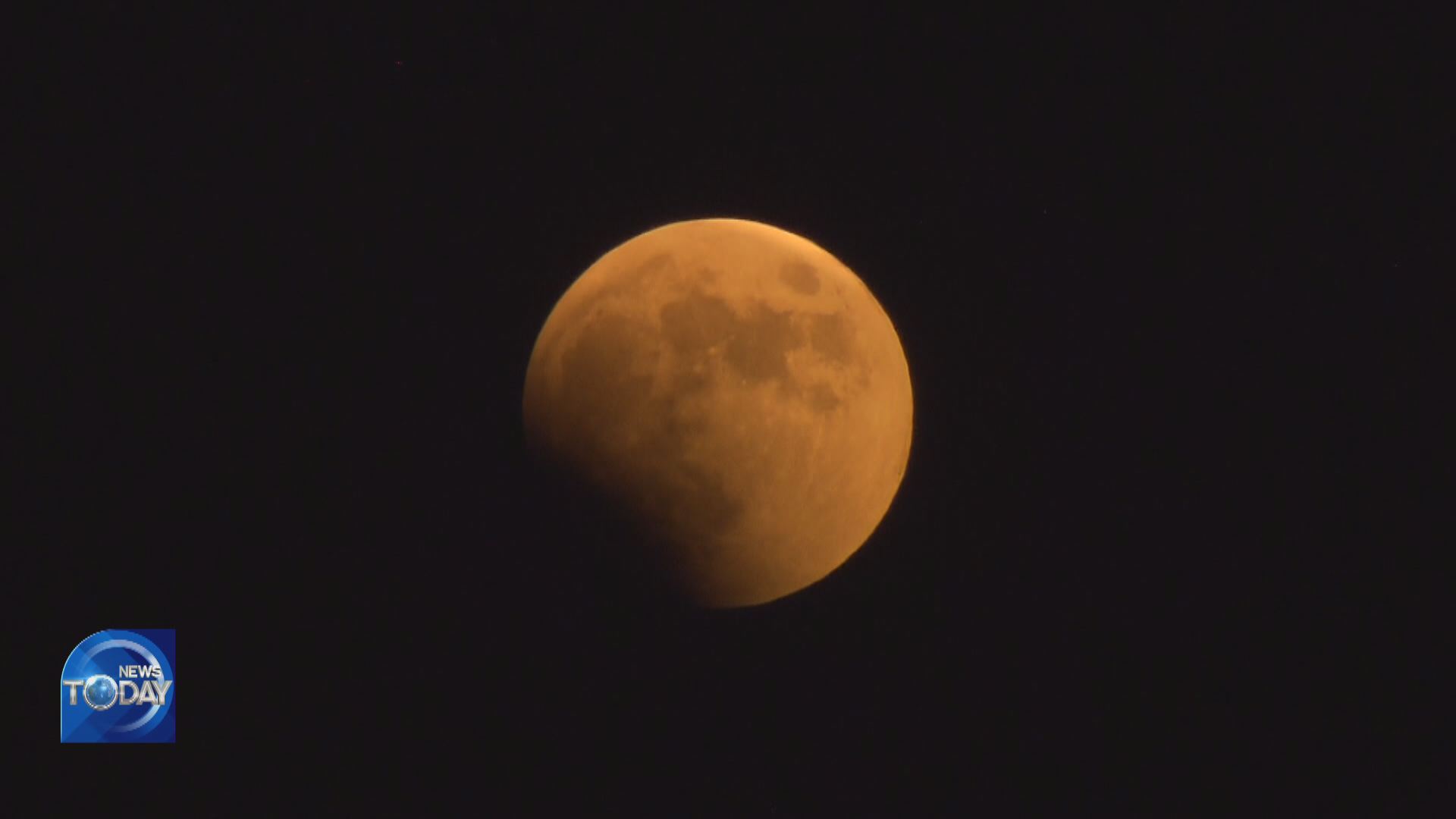
[Anchor Lead]
A red moon lit up the night sky on Tuesday night. The spectacular sighting unfolded as Uranus was covered by a red moon. The next such phenomenon can be viewed in Korea in the year 2300.
[Pkg]
A bright full moon in the night sky. A shadow moves in and the moon appears to disappear for a moment. And then a reddish moon reemerges. This is the moment when the sun, earth and moon are positioned in a straight line. In other words, a total lunar eclipse. A total lunar eclipse occurs when the moon is completely placed in the earth's shadow and turns red in color. In Korea, people could observe the rare sighting with their bare eyes for about an hour and a half from 7:16 p.m. Tuesday.
[Soundbite] Lee Chae-yeon, An Yoo-jin(Elementary 4th grade) : "The earth is round and I never thought it can also cast a shadow. It was amazing to see it with my own eyes."
But this was not the end to the mysteries of the sky. Following the eclipse, the red moon went on to conceal the planet Uranus. In technical terms, this is called a lunar occultation of Uranus. Mars and Jupiter were also sighted in the vicinity. Unlike the eclipse, the occultation can be viewed only through an astronomical telescope.
[Soundbite] Cho Jae-il(Gwacheon Nat'l Science Museum) : "It's special that the total eclipse coincided with the occultation of Uranus. The rare sighting occurs just once in Korea between the years 1600 and 2300."
The next total lunar eclipse is expected in September 2025 and the next occultation of Uranus some 46 years later. But to have the two take place together again, that would only happen in Korea past the year 2300.
A red moon lit up the night sky on Tuesday night. The spectacular sighting unfolded as Uranus was covered by a red moon. The next such phenomenon can be viewed in Korea in the year 2300.
[Pkg]
A bright full moon in the night sky. A shadow moves in and the moon appears to disappear for a moment. And then a reddish moon reemerges. This is the moment when the sun, earth and moon are positioned in a straight line. In other words, a total lunar eclipse. A total lunar eclipse occurs when the moon is completely placed in the earth's shadow and turns red in color. In Korea, people could observe the rare sighting with their bare eyes for about an hour and a half from 7:16 p.m. Tuesday.
[Soundbite] Lee Chae-yeon, An Yoo-jin(Elementary 4th grade) : "The earth is round and I never thought it can also cast a shadow. It was amazing to see it with my own eyes."
But this was not the end to the mysteries of the sky. Following the eclipse, the red moon went on to conceal the planet Uranus. In technical terms, this is called a lunar occultation of Uranus. Mars and Jupiter were also sighted in the vicinity. Unlike the eclipse, the occultation can be viewed only through an astronomical telescope.
[Soundbite] Cho Jae-il(Gwacheon Nat'l Science Museum) : "It's special that the total eclipse coincided with the occultation of Uranus. The rare sighting occurs just once in Korea between the years 1600 and 2300."
The next total lunar eclipse is expected in September 2025 and the next occultation of Uranus some 46 years later. But to have the two take place together again, that would only happen in Korea past the year 2300.
이 기사가 좋으셨다면
-
좋아요
0
-
응원해요
0
-
후속 원해요
0










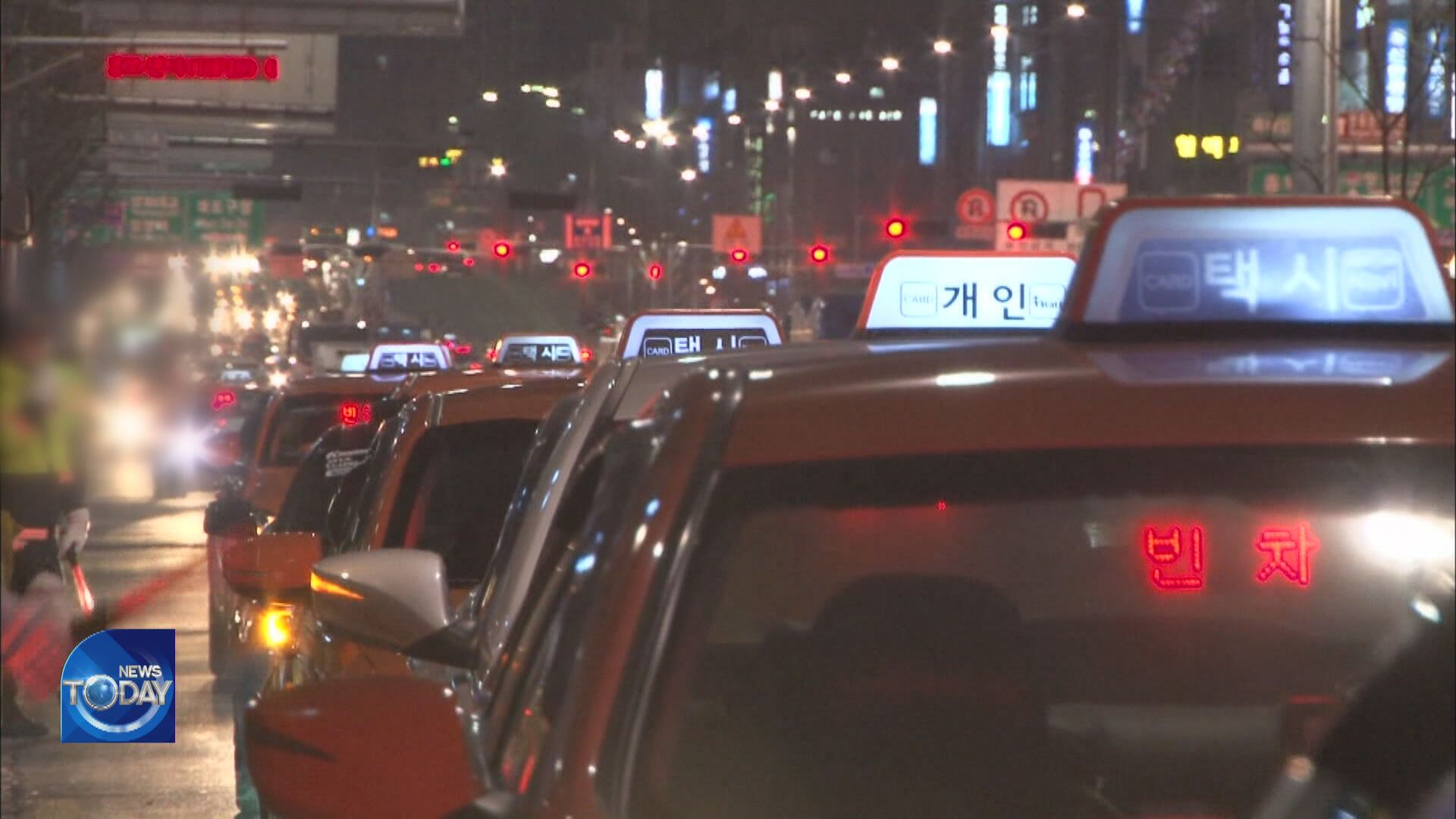
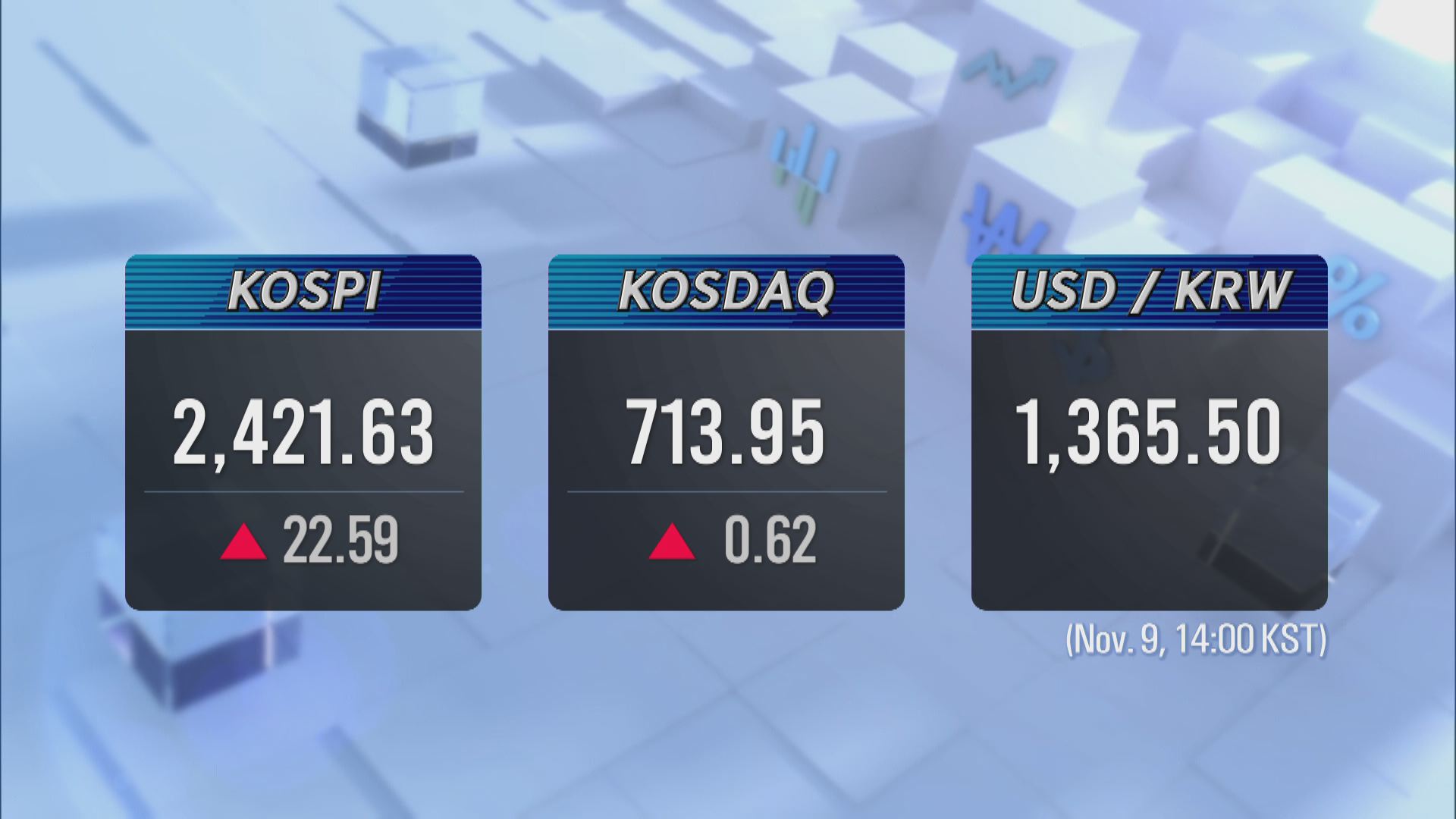


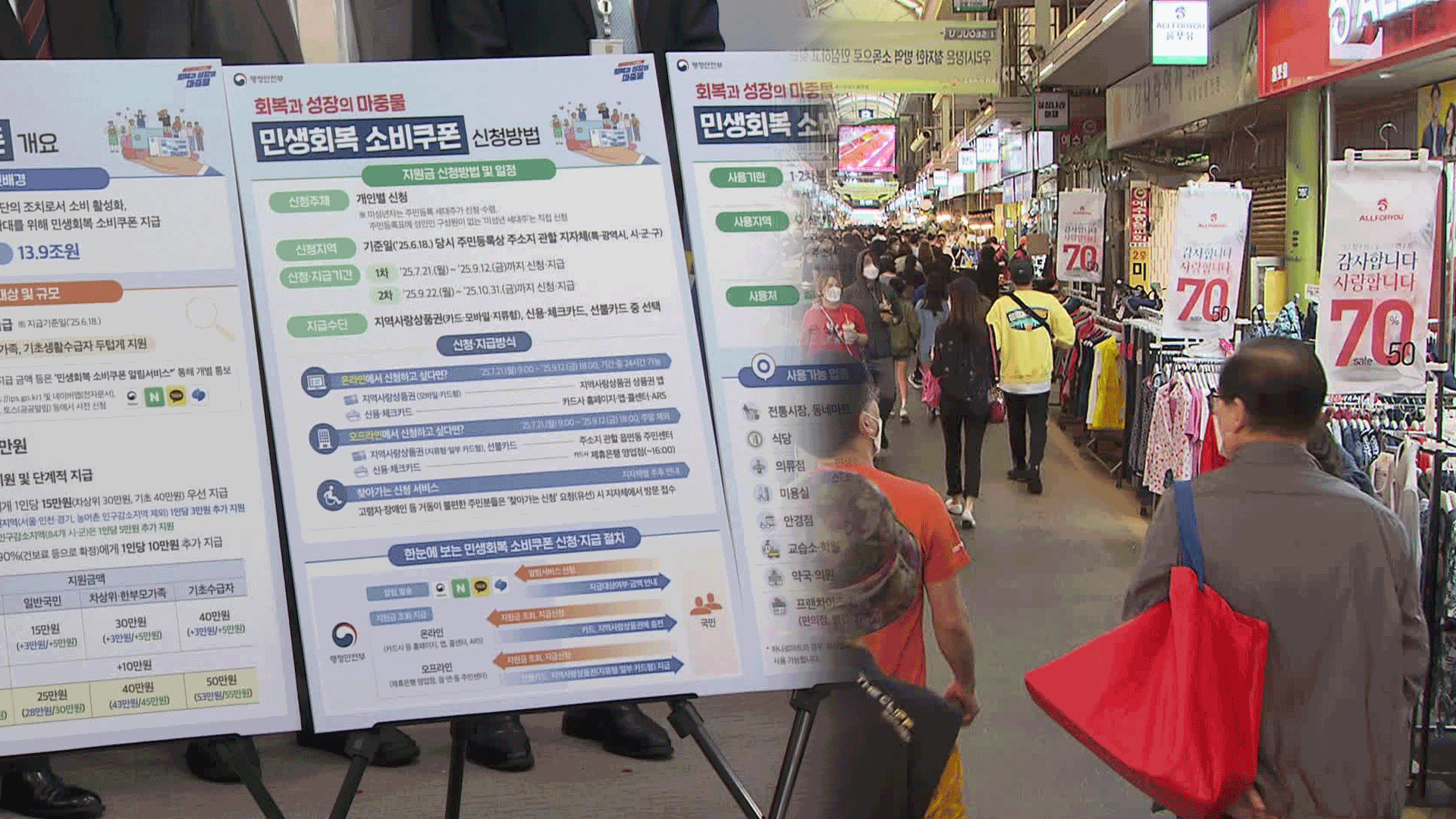
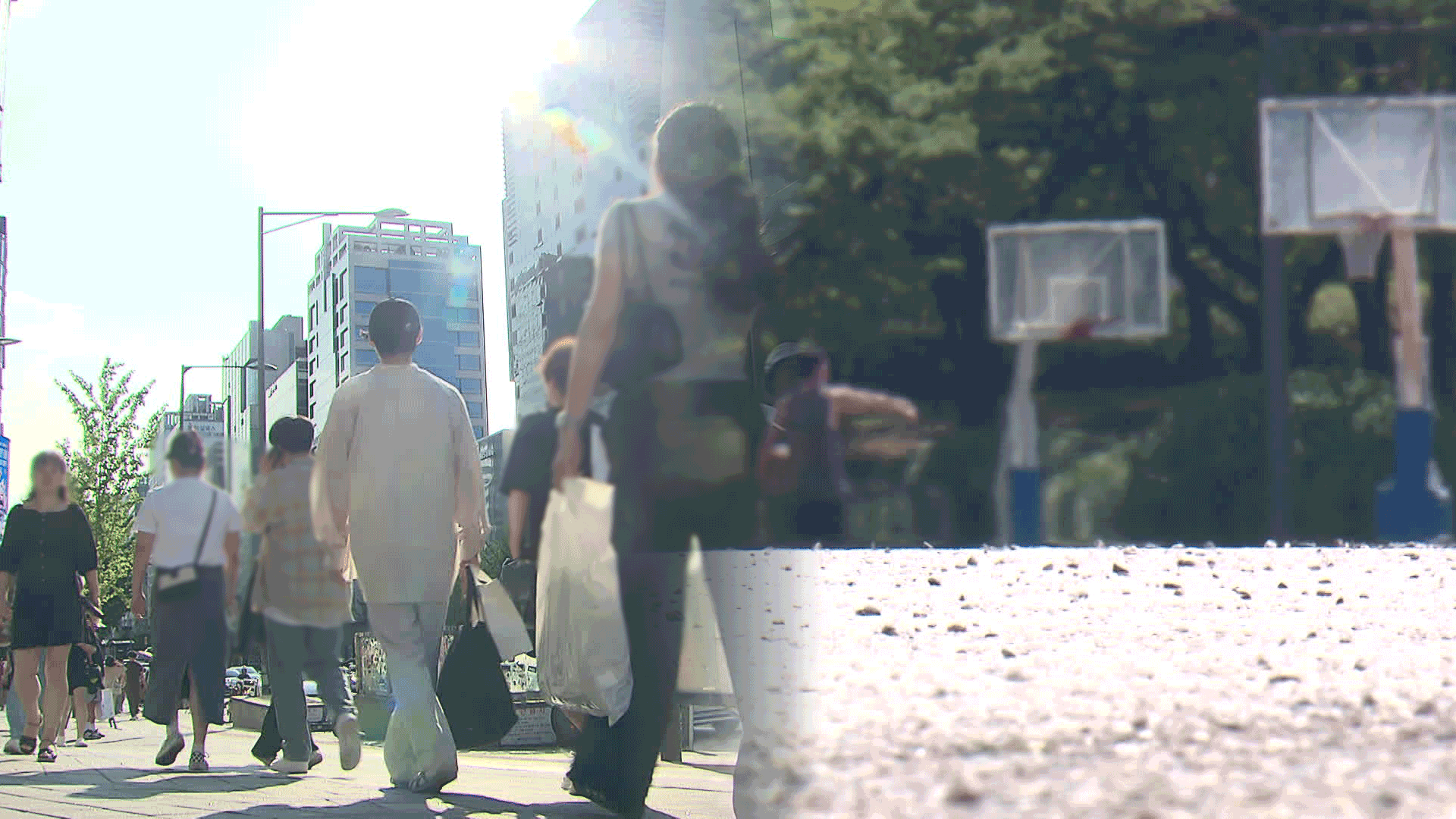

이 기사에 대한 의견을 남겨주세요.